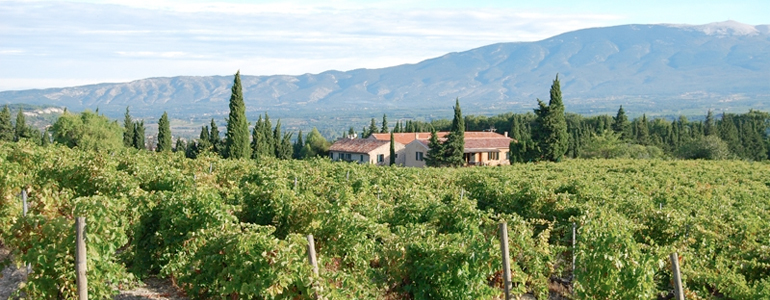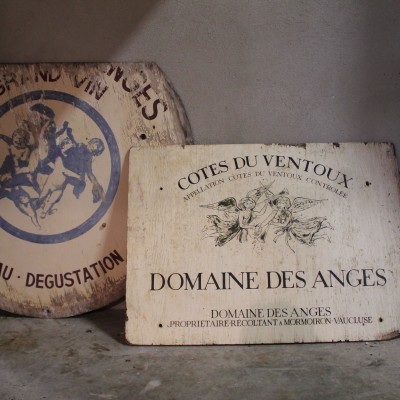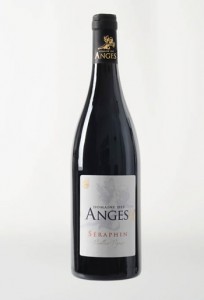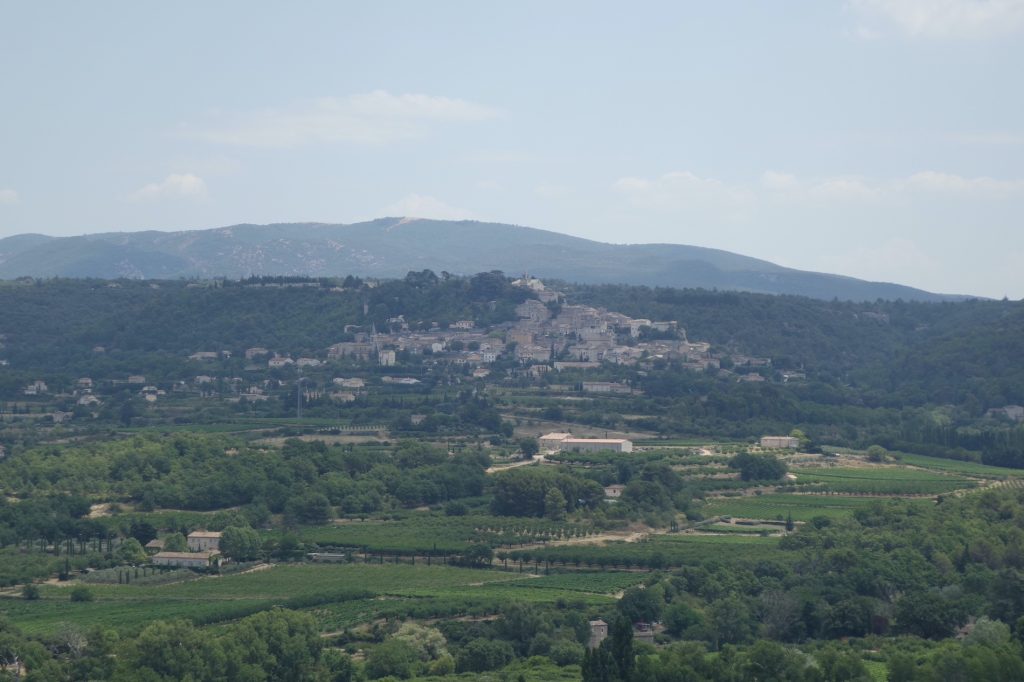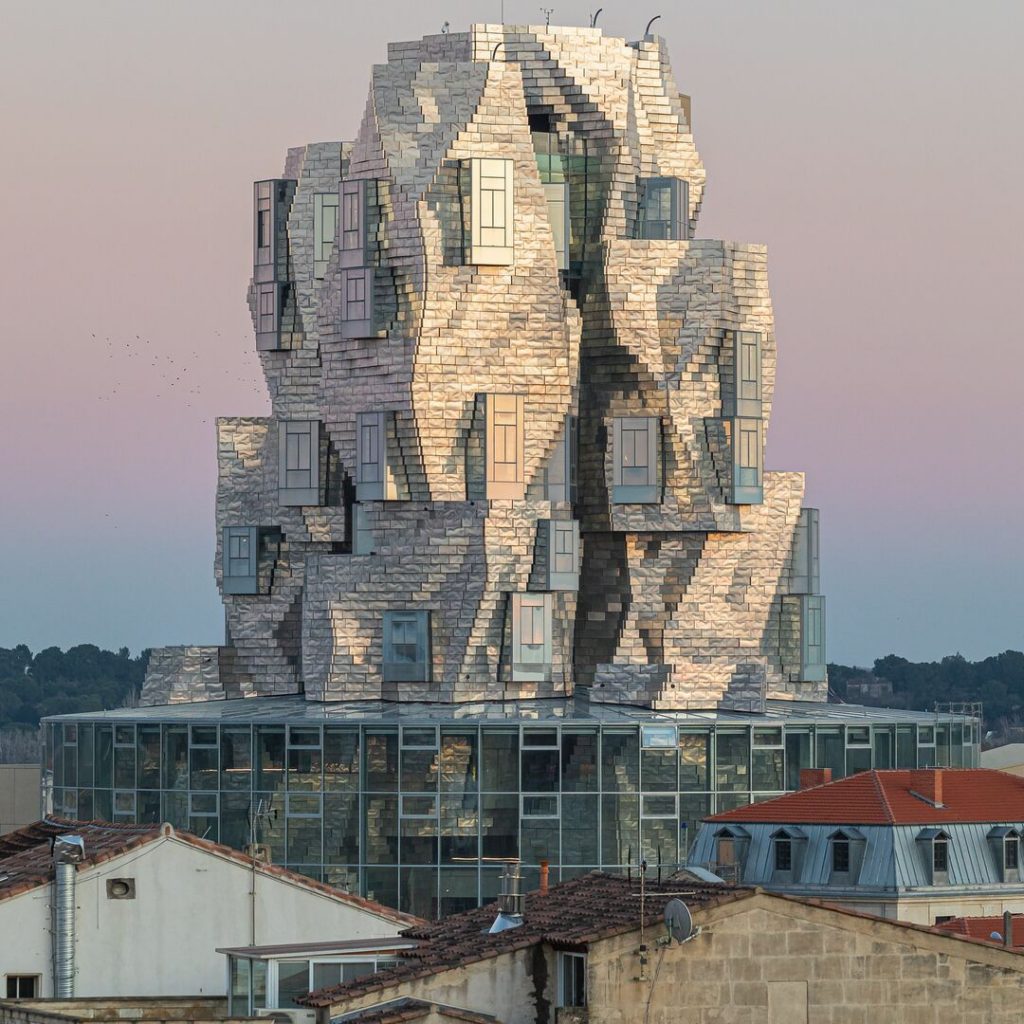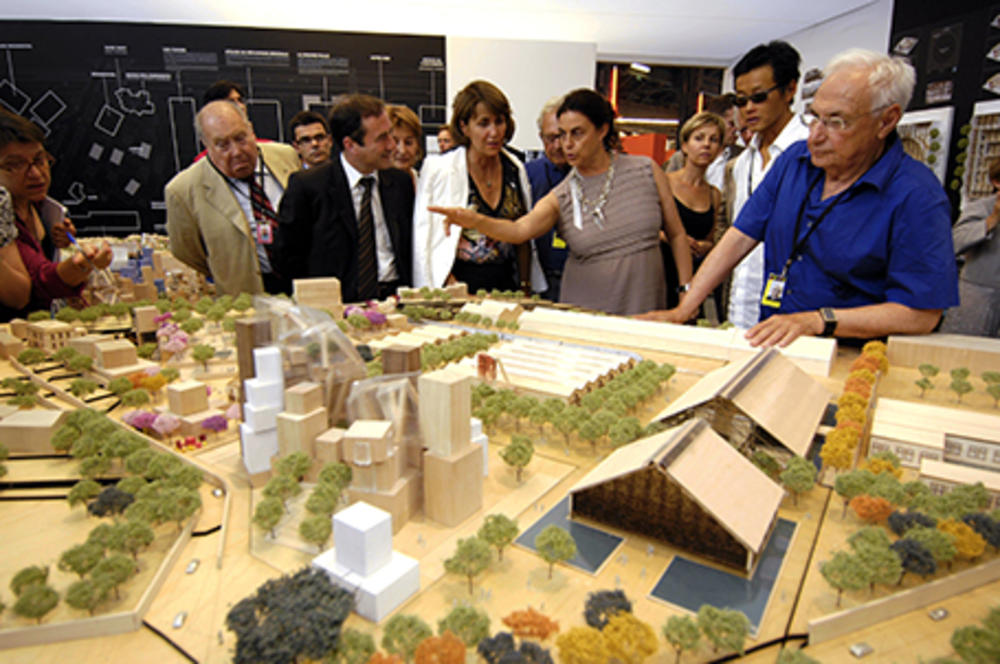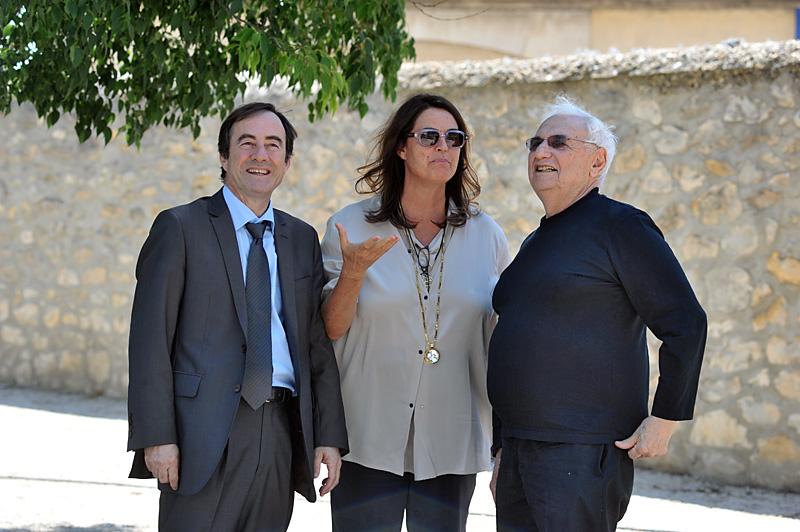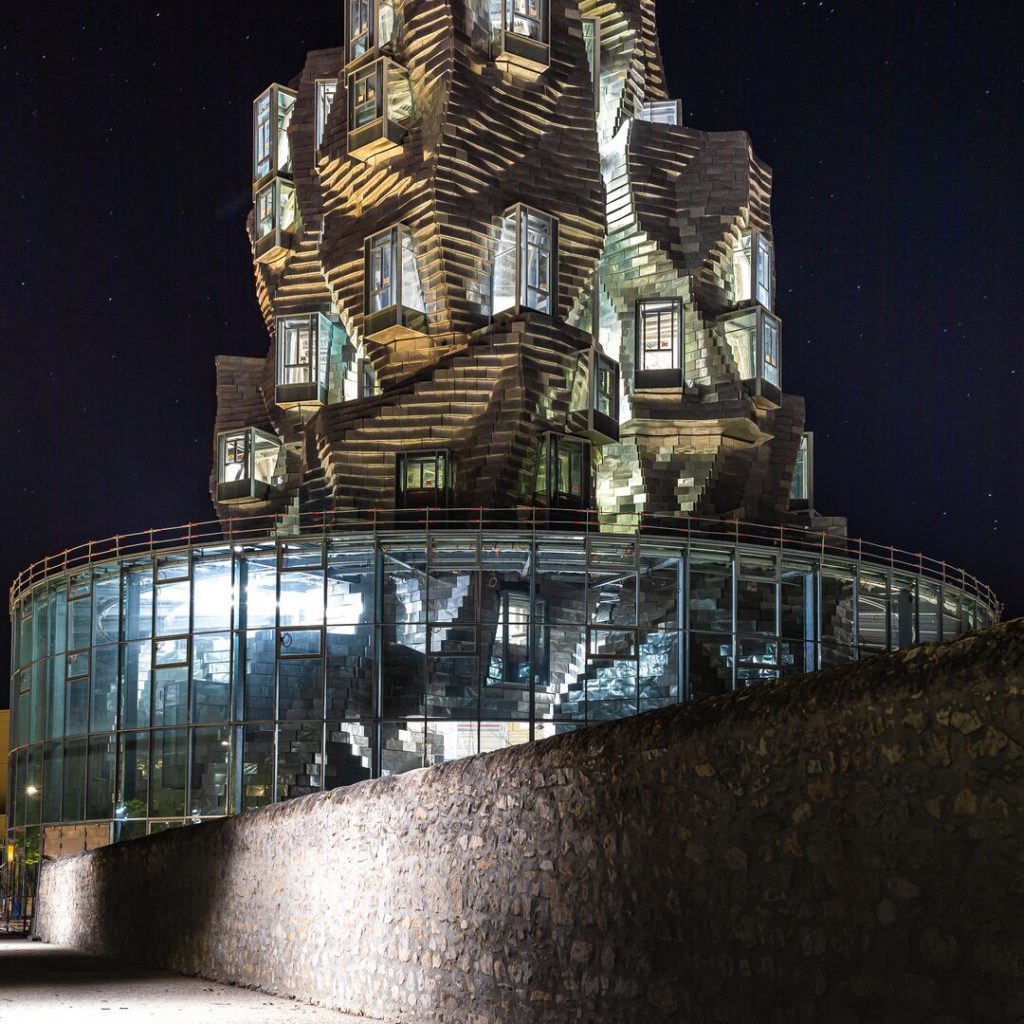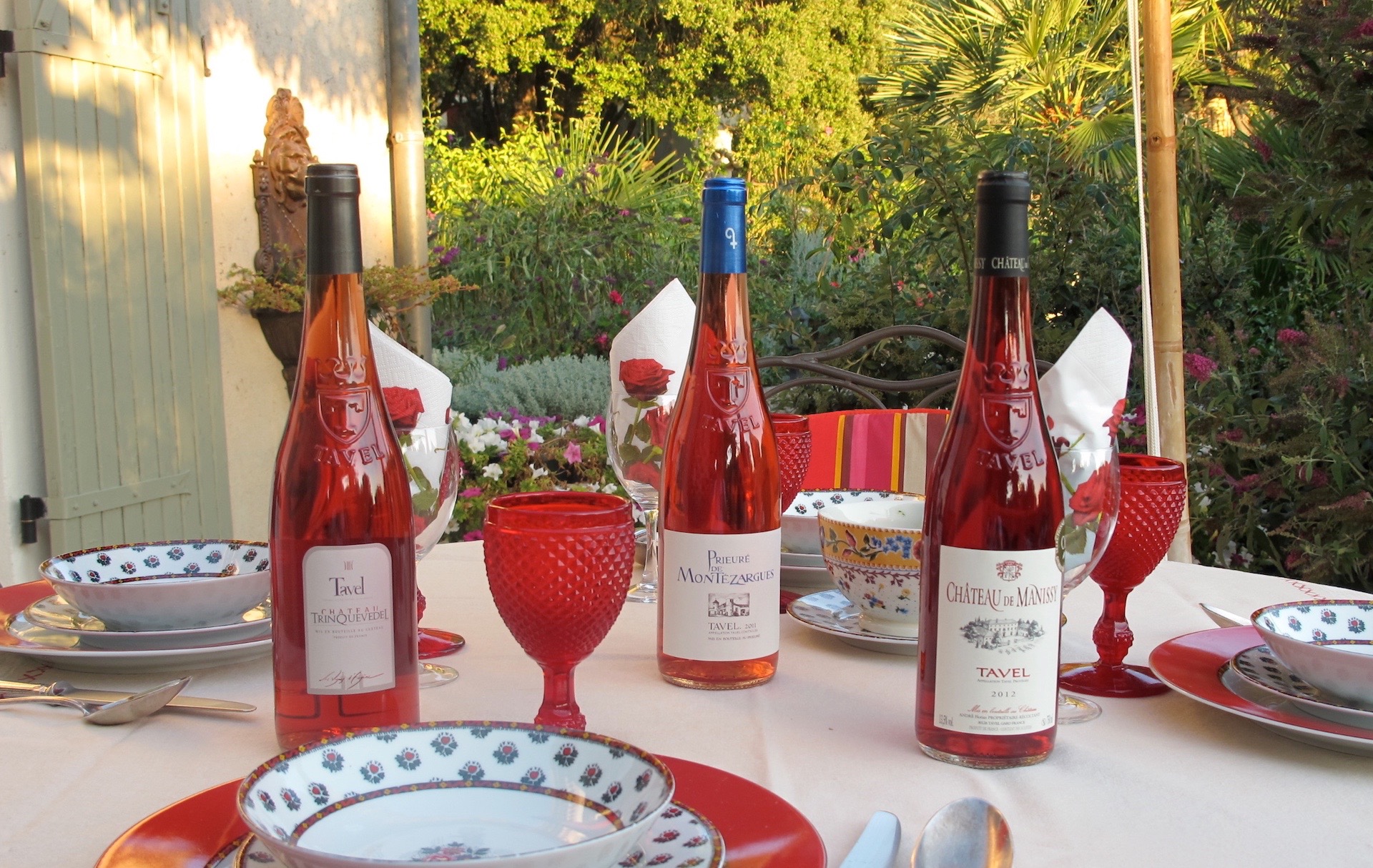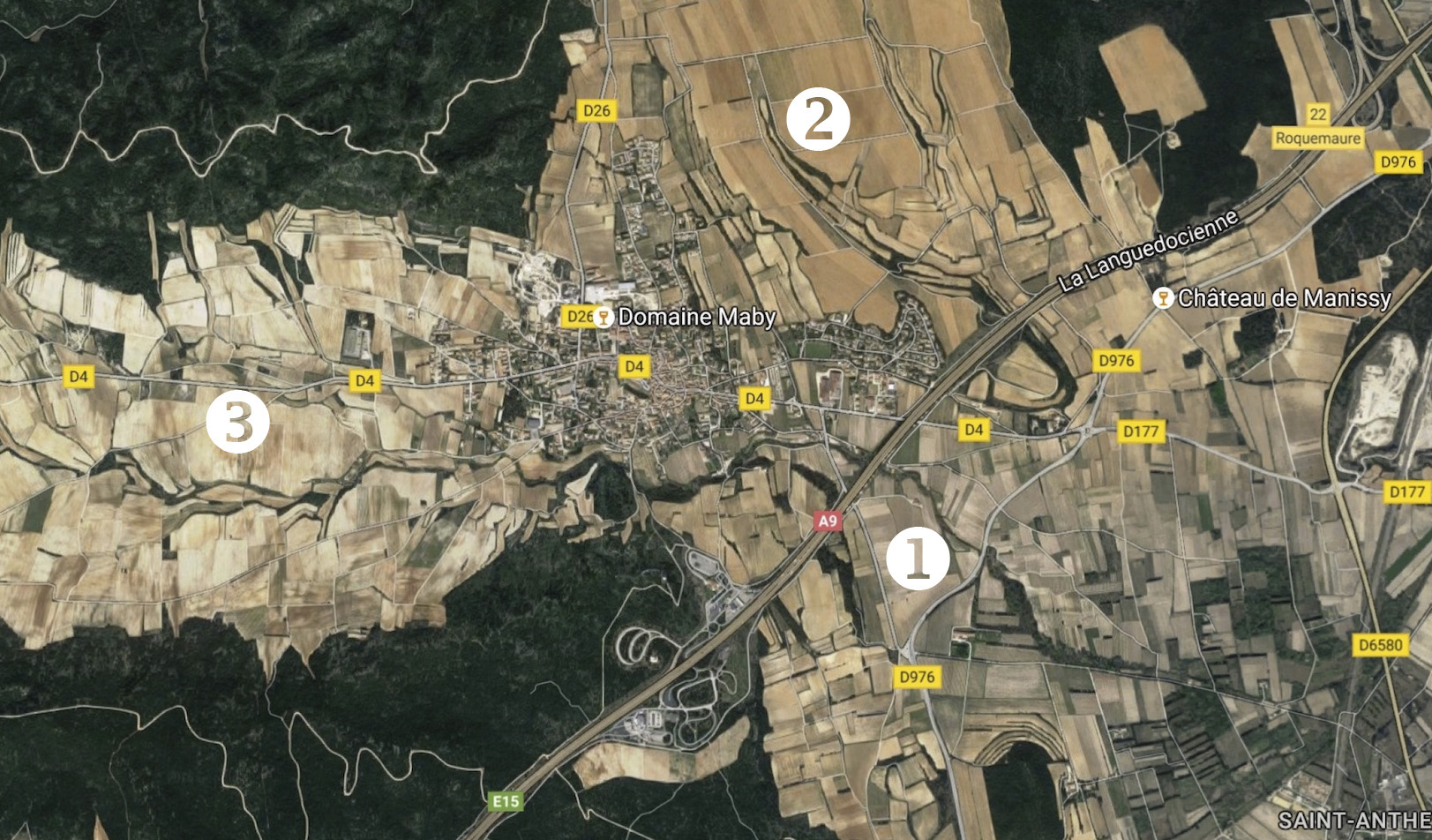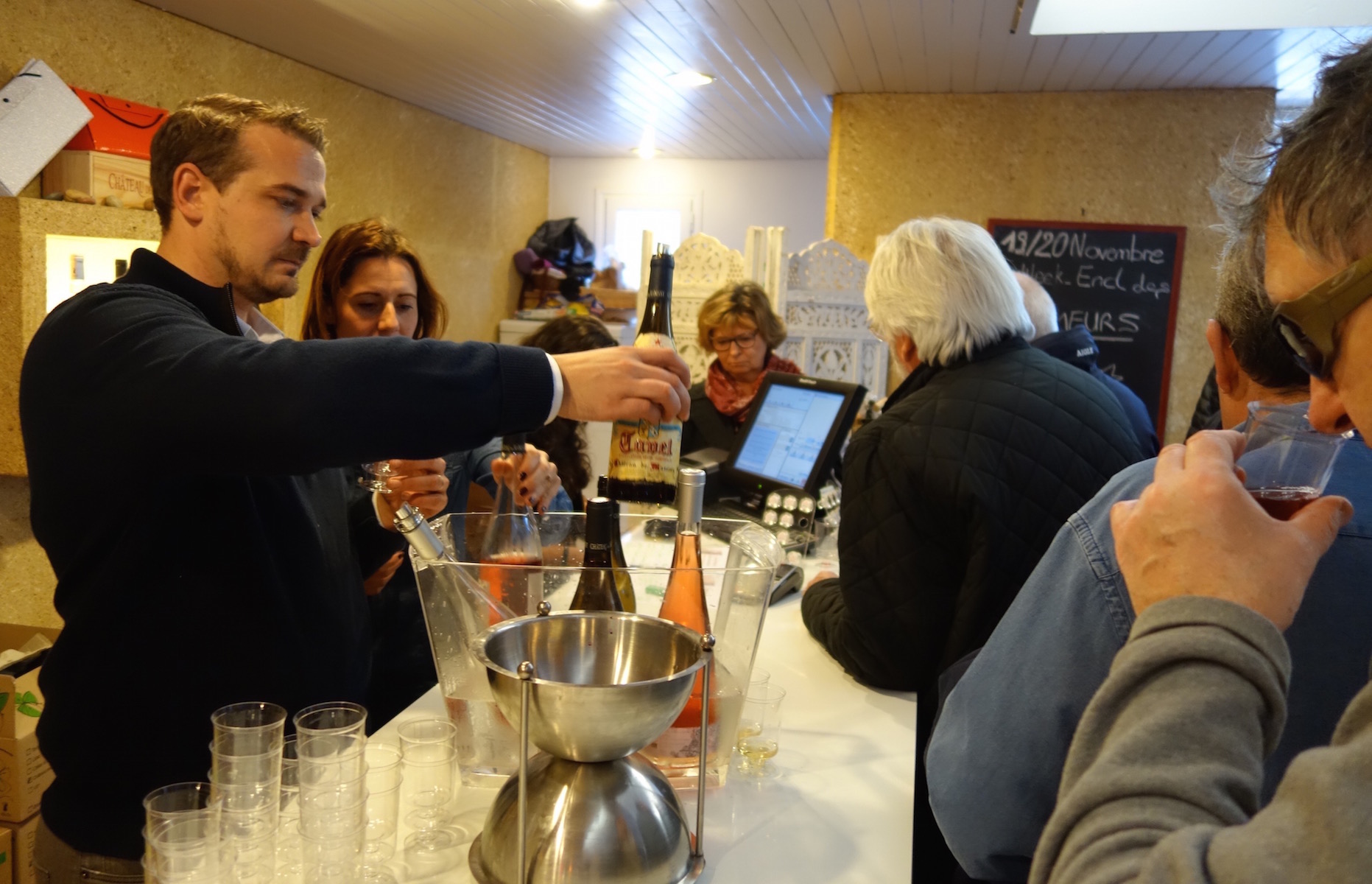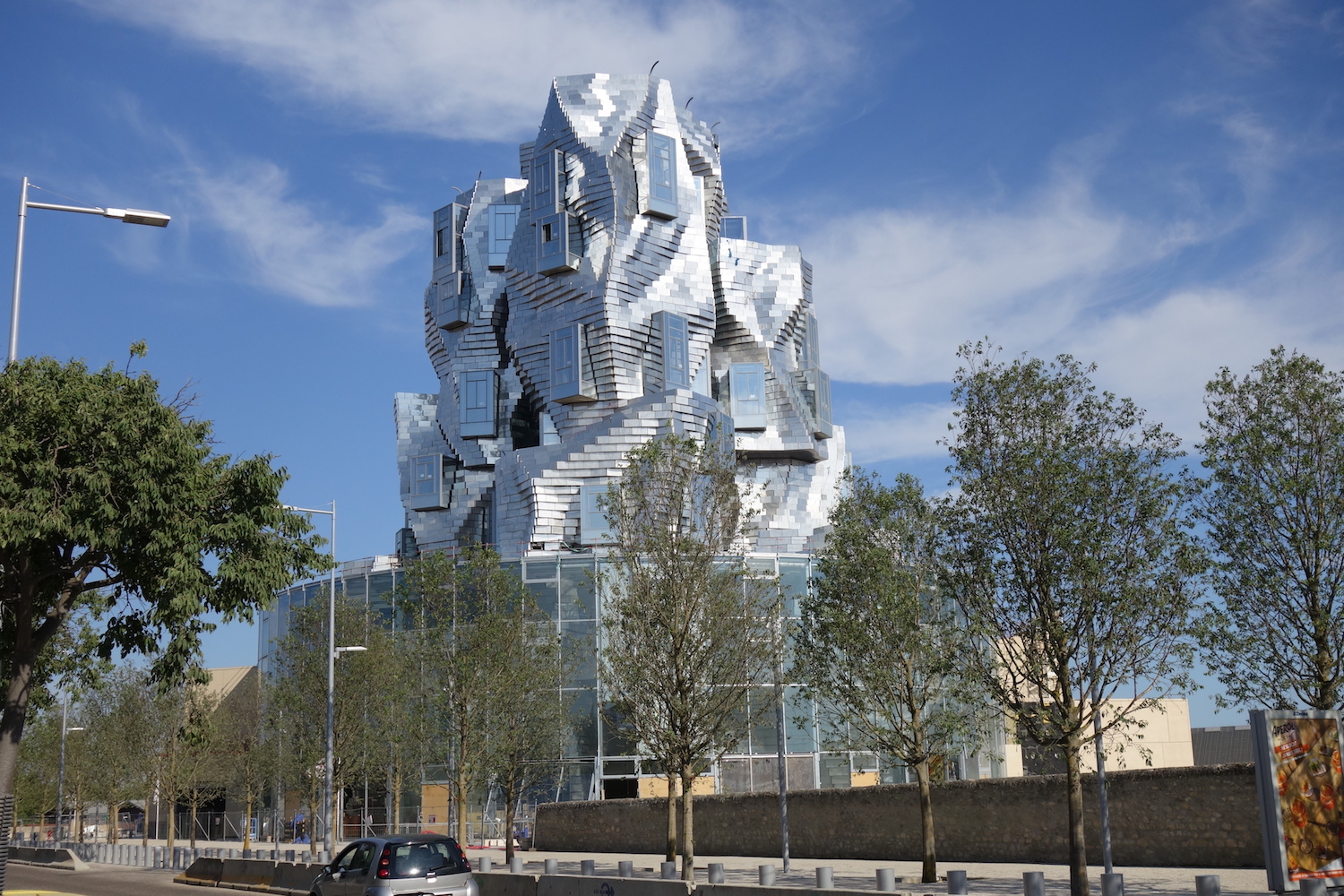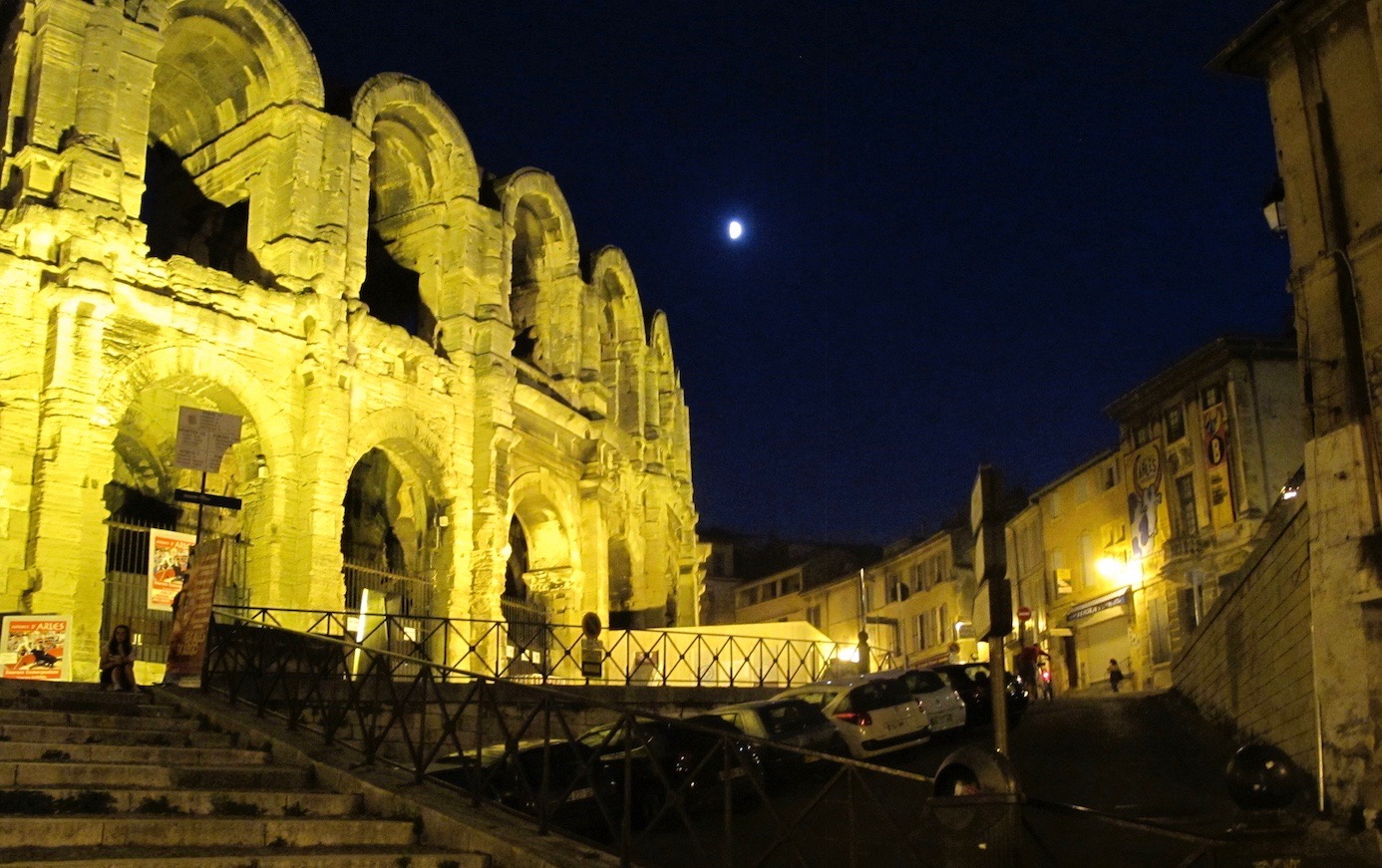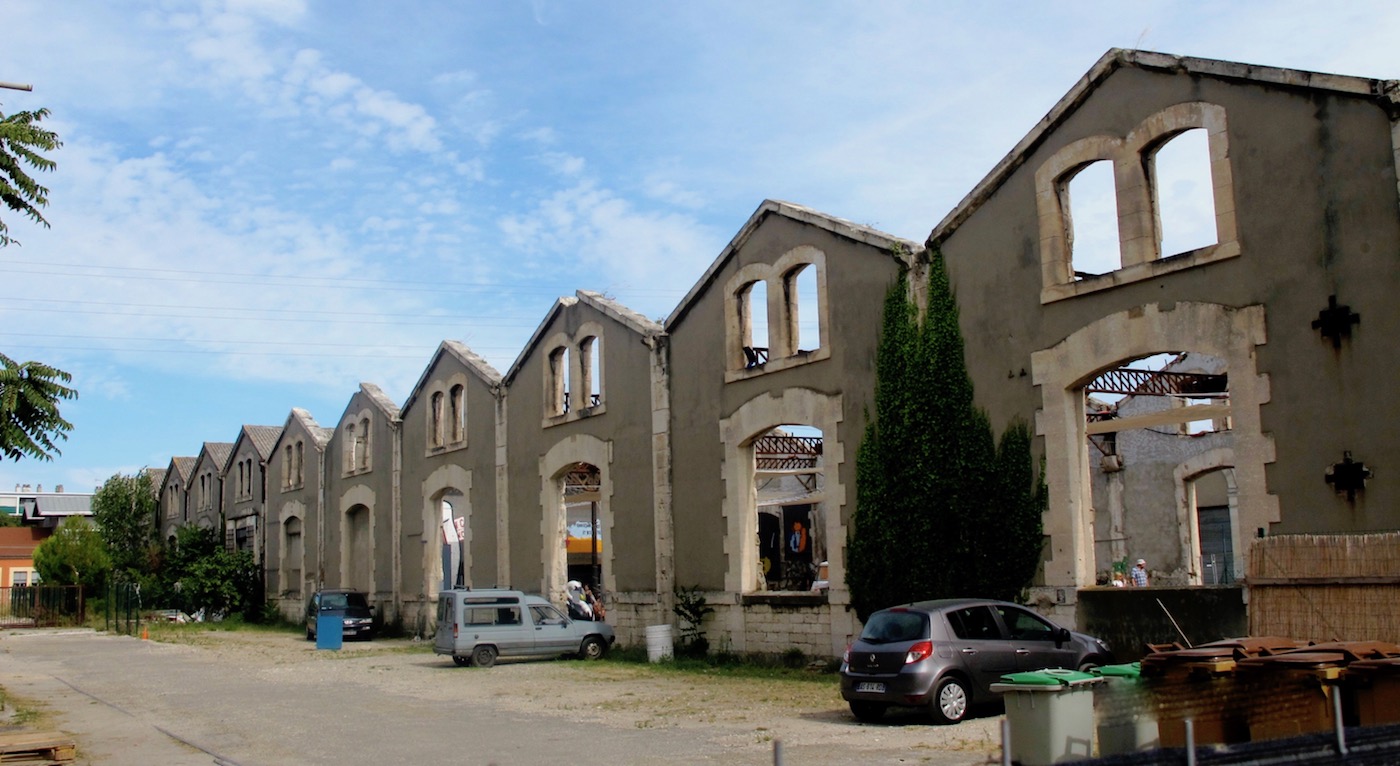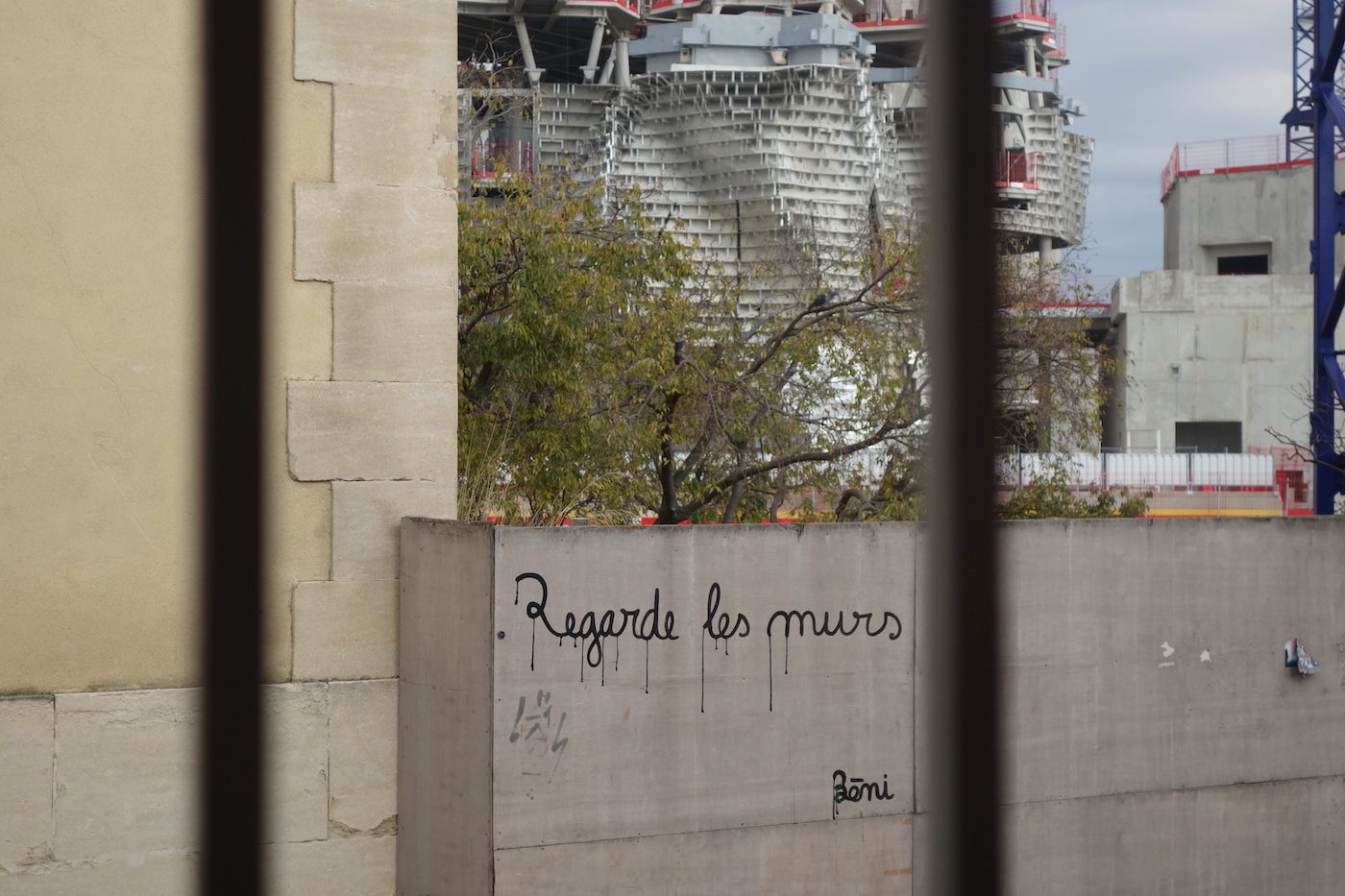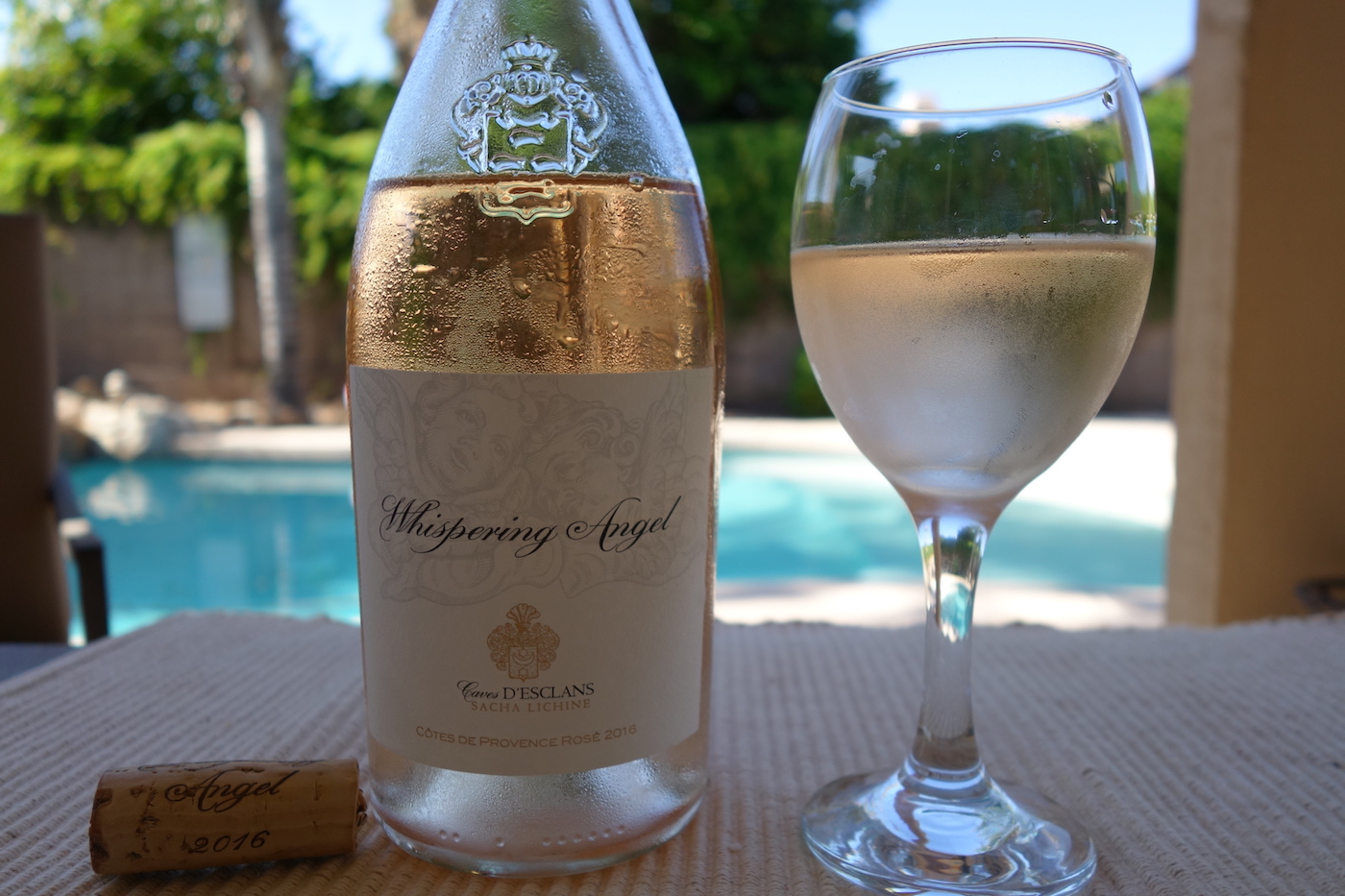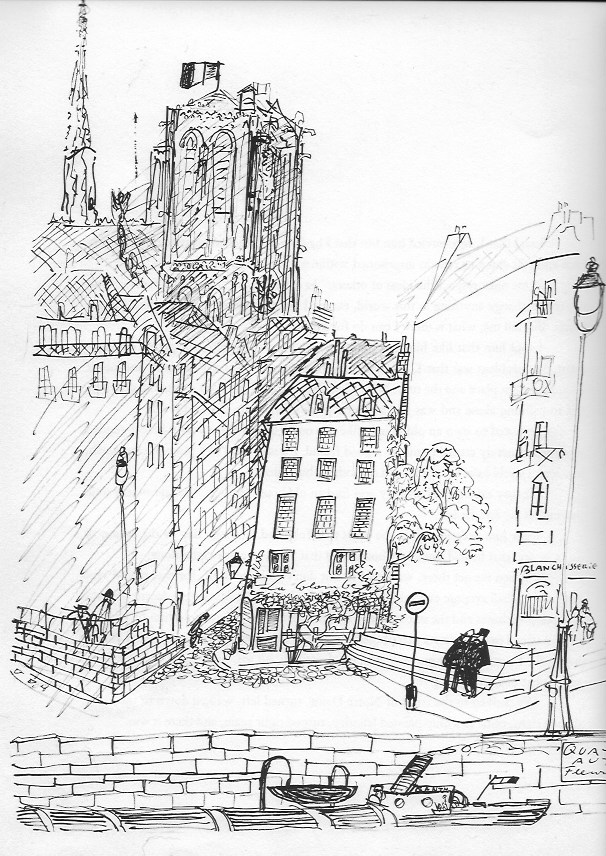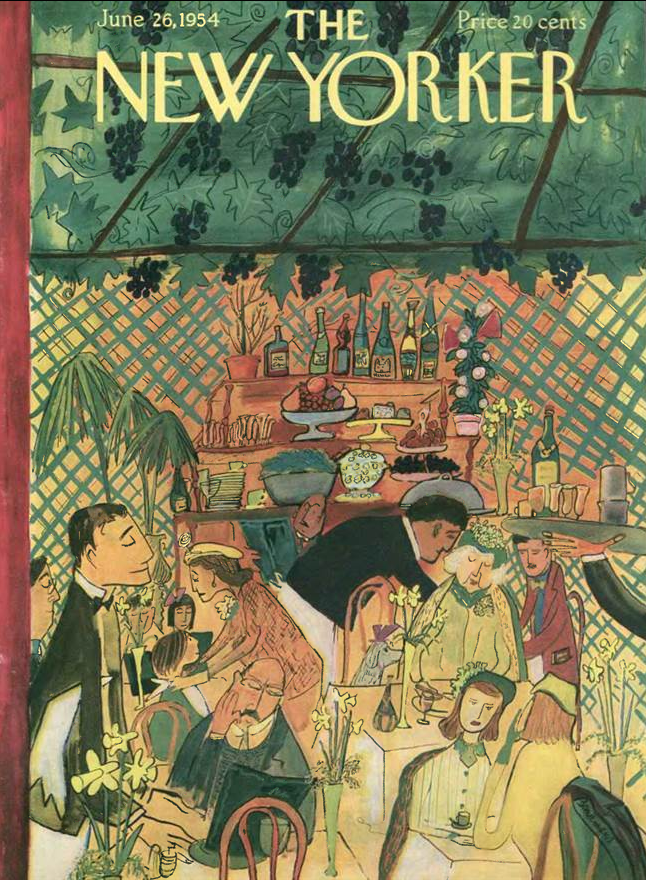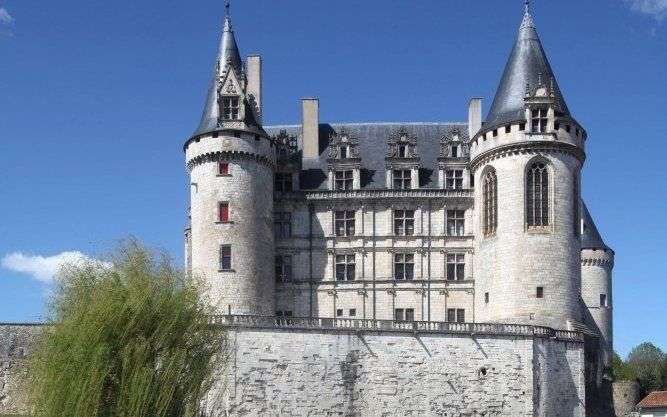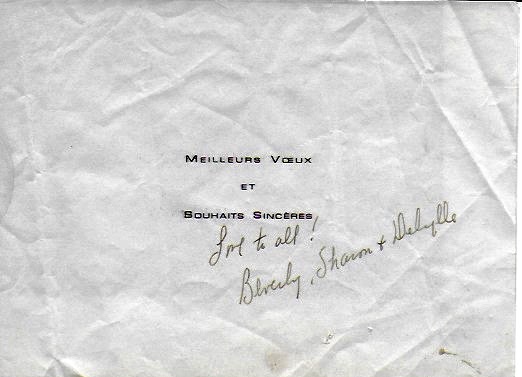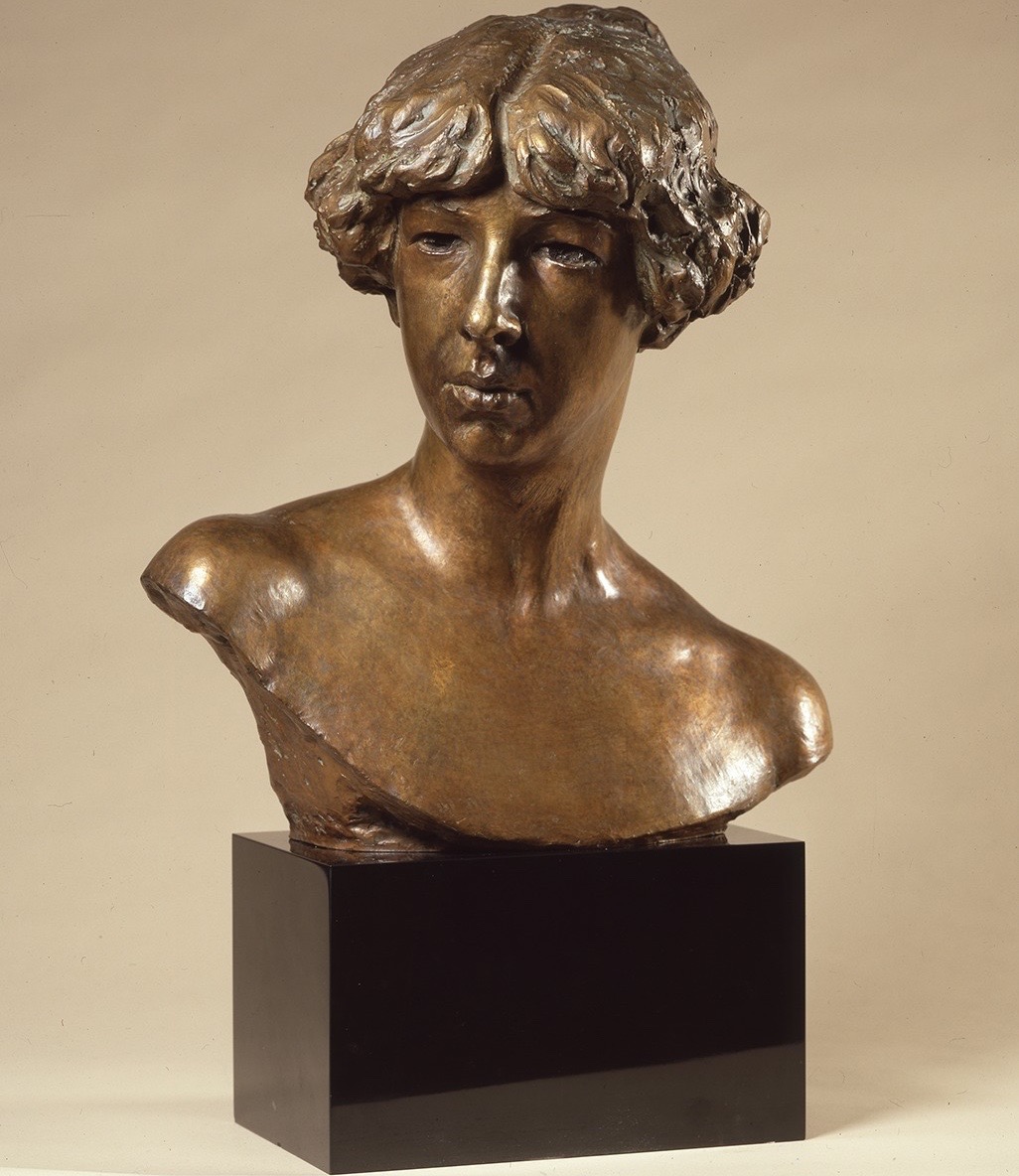The Pampered Traveler: A Luxe Chalet in Provence
– The denouement of a 14-year drama produced by Ridley Scott with nary a “Good Year”* for his neighbors. –
– “This gentleman harasses us; we’re a blot on his postcard (of Provence), laments Rose. –
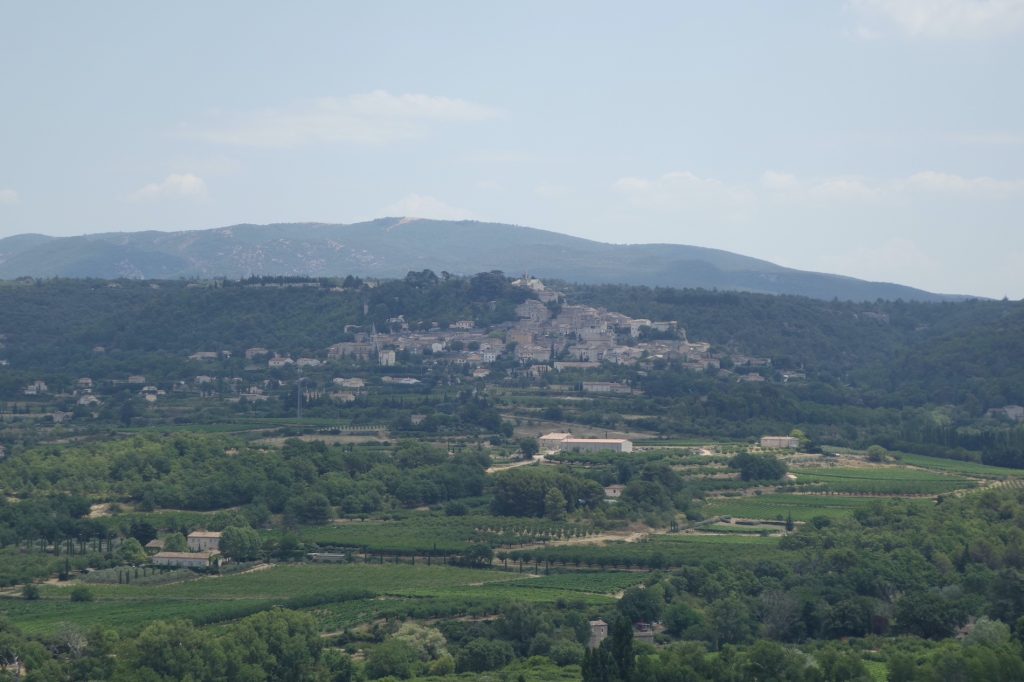
Classy Petit Chalet: located outside of Bonniuex. Modern decor, smartly decorated. 1 br., 1 bath. Can sleep 2 to 5. Contemporary kitchen and bath. TV. Internet. AC. Peaceful. Hosted by Rose and Christophe Orset.
Please use website for photos and contact for availability. Merci.
The Proem
I was born into the industry (Hollywood), and thus free not to love it.
“Movies are an authoritarian medium. They vulnerabilize you, and then dominate you,” reasoned the writer David Foster Wallace.
You find yourself sitting in front of the screen for a couple of hours, in the hands of a director, who may or may not be trusted.
These latent sentiments reasserted themselves as I browsed press accounts of the daily upheavals of a couple in the Luberon, who were cast in roles they refused to play. The narrative threatened their means of subsistence.
The mis-en-scène: Oppede, a peaceful village on the northern slope of the Petit Luberon bordering Ménerbes. In 2004, the couple, Rose and Christophe, purchased a one-hectare plot of land that Rose could use for organic poultry farming to augment the family income for their children.
The metteur-en-scène of the drama: Ridley Scott, their neighbor, a wealthy mega producer and master director, who acquired a former military hospital in the early 1990s. Mr. Scott owns a vineyard that bottles his wine under the label Mas des Infermières. The house grounds and the vineyard are manicured, magnificently.
At the end of 2009 and in 2010, a wave of lively press reports profiled the drama. Here are passages from three sources, the links of which can be found at the end of this article.
Press Clips
Le Dauphine – 1/21/2010
In Oppède, in the Vaucluse, Ridley Scott can’t stand Rose’s chickens. The illustrious director of “Gladiator” crosses swords with poultry, multiplies complaints and procedures. But justice, until now, has not ruled in his favor…”This gentleman is harassing us, we’re a blot on his postcard”, she explains (Rose), listing the worries that overwhelm her. It all started with a scathing letter from the “British,” sent by special carrier: “I love the Luberon. What you are doing is disfiguring it. You do not respect the beauty of these places.”
La Provence: 11/21/2009
Scott – who lives two weeks a year in the Vaucluse – brings in a battery of bailiffs and straw men to observe and demand the dismantling of what he considers to be blemishes in his landscape: greenhouses, gates, trenches, shrub hedges, sheds, moveable buildings. Even the children’s playhouse made of pallets and a shed on the neighbor’s land are listed!
Le Journal de Dimanche (JDD): 12/20/2009:
A new emissary a few months later: Julie Payne, a second-tier American actress, accompanied by a translator. “Mr. Scott,” she explains, “finds that the trees you planted to screen the greenhouses are not growing fast enough.” The filmmaker offers to finance a 4 m hedge. Rose blurts out: “Such a shadow over our greenhouses would be the death of our gardens!” The actress returned with another demand: “And a check for 70,000 euros to settle you elsewhere?” Seated in their little house, where we slalom between buckets filled with fresh eggs, the Orset couple still have not digested this humiliation. “I work sixteen hours a day,” says Rose. “I’ve already loaded two cars, and I’m so tired by the end of my rounds when I go to the Amaps [Associations for the Maintenance of Rural Agriculture].”
Le Dauphine – 1/21/2010
Her husband, Christophe – a design teacher in Avignon – confirms: “Mr. Scott considers himself a lord and treats us like his commoners. He never deigned to meet us. We could have discussed among civilized people, especially since my wife speaks English well… The truth is that he covets our plot to install a wine cellar.”
The director, in contrast to the subtleties of local life, puts up a procedural frenzy. “He’s the type to sue the mistral because the wind bothers him,” sneer some local residents.
La Provence: 11/21/2009
One thrust to contest a building permit, another to complain about the cackling of chickens (sic): Scott is on his 6th court summons in five years. He lost three; the 3 others were judged yesterday for the construction of a hangar, and two building permits, never issued. “He watches us every time we move a finger. We live through hell,” says Christophe Orset, who has lived in the village for more than 30 years.
Six procedures are being carried out against the town hall at a cost of 2,600 euros each. Result of the trial before the administrative court of Nîmes, as of December 12, again dismissed, and (Scott) ordered to pay a total of 4,000 euros to the municipality of Oppède for legal costs!
Le Journal de Dimanche (JDD): 12/20/2009:
“He was really looking for any stupid thing,” comments a neighbor. This is the time when the village gradually takes Rose’s side. Until then, when at the market, if she said that a billionaire was trying to trouble her, she was considered “a mythomaniac”. Everyone thought that Scott was suffering from a classic “Parisian syndrome”: “After two or three summers, the owners of second homes band together to block the slightest project that might disrupt the postcard they have gifted themselves with,” quipped an elderly Oppédois.
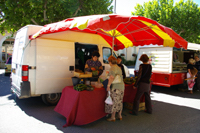
DENOUEMENT
The years passed, and more years, without any reporting on the situation in Oppède.
In the summer of 2022, during a long stay in Provence, I tried to contact Christophe to get some news. We missed meeting. Instead, we exchanged emails.
Suddenly, in 2018, after Christophe and Rose had endured 14 years of legal proceedings, Ridley Scott calmed down given a tragedy that beset them 12 years earlier.
Furthermore, at that time, the situation was becoming untenable for them, especially with the agricultural authorities, City Hall…etc., and, I might add an ontological fatique.
A cordial understanding coalesced among parties, as if by enchantment. Following a financial agreement with Ridley Scott in 2018, Rose and Christophe’s family settled in nearby Bonnieux.
Christophe reports that they have found a “haven of peace” in Bonnieux; where they have completely transformed their lives – one good year after another.
In short, an agonizing drama that gashed the couple with misery for 14 years arrived at a Happy Ending. Only in Hollywood!
*A Good Year
*A Good Year is a 2006 film directed and produced by Ridley Scott, adapted from a book by his friend Peter Maybe written expressively for the film. Genres: Romance . Comedy. Drama.
The film is a clone of what the erudite writer Michael Jacobs dubbed the “Good Life Abroad Book,” a subspecies of the travel genre wherein expats, armed with marginal language skills and a slightly condescending tone, fructify fantasies of a Mediterranean lifestyle rarely realized by others. The film performed poorly at the box office, and it underwhelmed critics.
Sources
La Provence: Publié le 21/11/2009: https://bit.ly/3YVgSec
Le Journal de Dimanche (JDD): Publié le 20/12/2009: https://bit.ly/3PeXeH2
Le Dauphine: Publié le 21 / 01/ 2010: https://bit.ly/3sA7MaF
##
